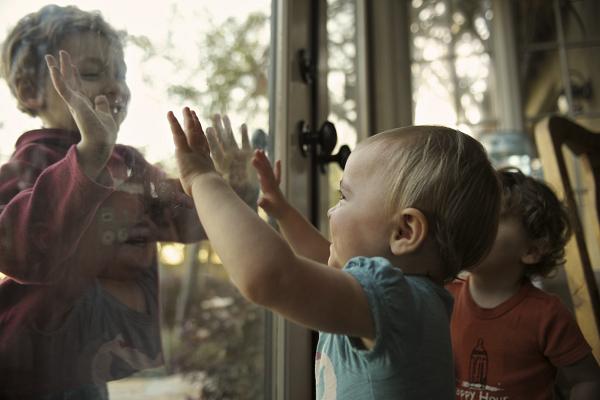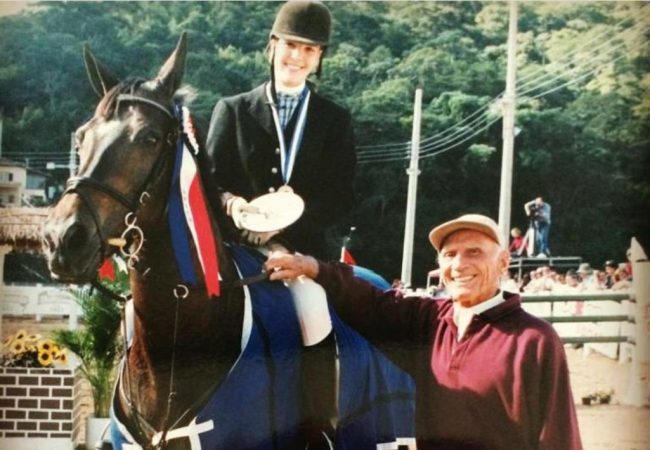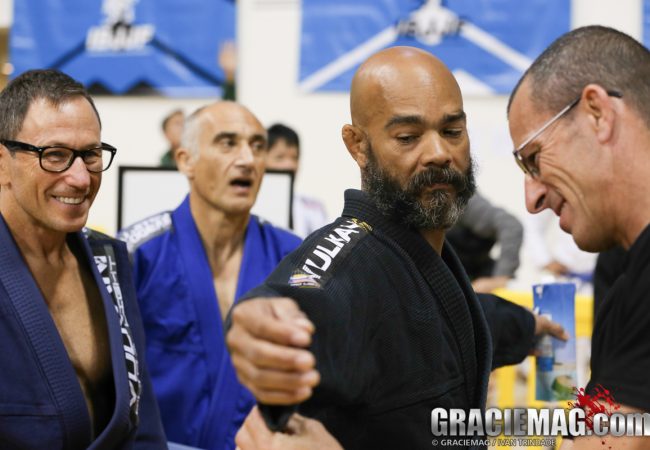 Every journey starts with the first step. In Jiu-Jitsu, the path to the black belt starts with a white belt arround your waist. Being a white belt is tough, once you are in the bottom of the ladder, but it can also be fun, once you don’t have any pressure on you other than learning.
Every journey starts with the first step. In Jiu-Jitsu, the path to the black belt starts with a white belt arround your waist. Being a white belt is tough, once you are in the bottom of the ladder, but it can also be fun, once you don’t have any pressure on you other than learning.
Here are 10 tips from world renowned Jiu-Jitsu Professors for you to get through the first phase of your gentle art journey with lots of fun and confidence.
“The first tip is to seek a good Jiu-Jitsu academy, with responsible, accredited teachers.” Johnny Faria of Gracie Del Mar
“Jiu-Jitsu is not a hundred-yard dash – it’s a marathon. Believe me, the hardest thing about this martial art is not teaching or learning – it’s convincing oneself, right in the first training sessions, that Jiu-Jitsu is much more than great aerobics for your body. It’s about a lifestyle to keep with you forever. If you think this way, you will never be in a hurry, for your biggest goal will be that of practicing Jiu-Jitsu for the rest of your life.” Professor Andre Terencio of Brazil-021
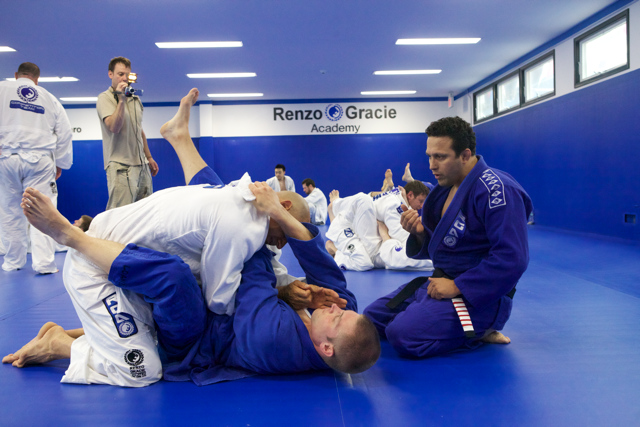
Jiu-Jitsu must be learned and taught from A-Z – not from Z-A. I.e., in order to know how to fight one must crawl, then walk, and then run. Training Jiu-Jitsu can be likened to someone building a house. No one starts by the roof. First comes the foundation, which is the base for everything: learn how to fall forward, sideways, and backwards; rolling, hip escaping; the bridge, the technical lift; the oopa, self-defense, basic submissions and escapes. Then we erect the lateral beams and the walls separating the rooms: those would be takedowns, the mount, guard passing; sweeps and submission, attacks and defenses. Finally, we work on the details, which to my understanding arrives when a student has passed all of this basic and intermediary process and steps into advanced zone. So don’t try to run if you can barely toddle.” Professor Andre Terencio of Brazil-021
“The biggest hurdle to learning in Jiu-Jitsu is the ego. It’s being afraid to tap out, afraid to ask, afraid to get into tough positions to improve. That can only hinder your evolution at the gym.” Diego Moraes, professor to UFC champion Anthony Pettis
“Competing in Jiu-Jitsu is for some; training Jiu-Jitsu is for all. Focus on improving daily at training, but if that whole adrenaline is not your cup of tea, that’s fine.” Kron Gracie
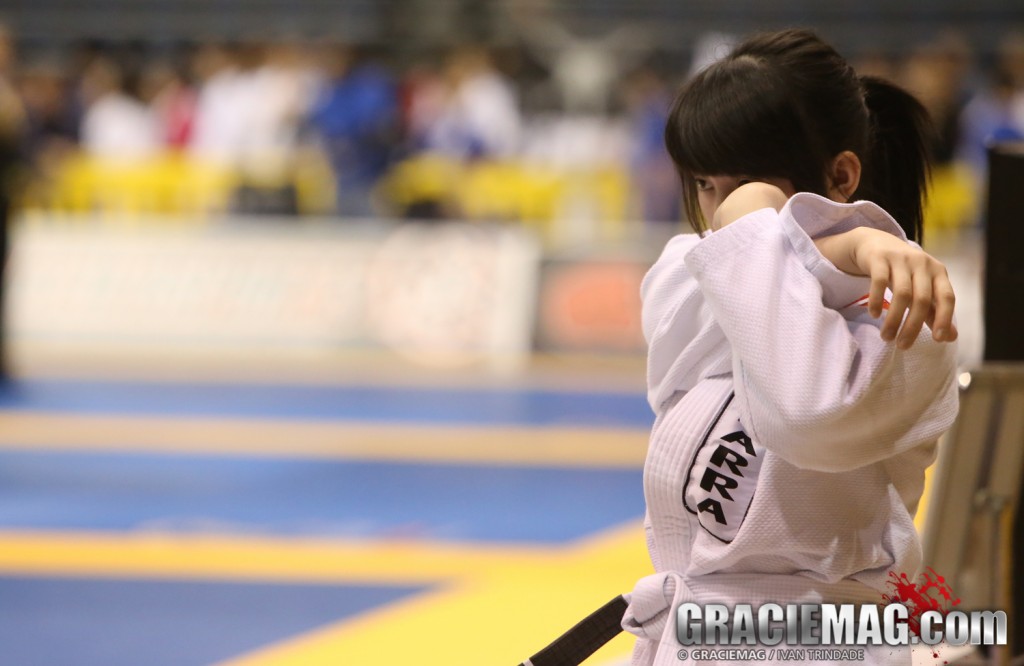
“Be complete – standing, on top, on the bottom. But fight with a plan, drawn in accordance with the strong qualities of your opponent.” Claudio Calasans
“Remember: you are not the only nervous one. Everybody feels some sort of adrenaline, from the rookie to the currant black belt world champion. And that is a good sign, an indication that you’re primed, seeking a win. Dry mouth, butterflies, sweaty hands are normal – all of us fighters go through this.” Braulio Estima
“Value your training partners. Jiu-Jitsu is an individual sport, but it’s always practiced in a collective way. No one gets too far by themselves – only with the help from colleagues. “Prof. Anderson Pereira of IconJJ / Carlson Gracie
 “Develop a healthy lifestyle. Rolls don’t lie and rolls are the MRI of your conditioning. One of the reasons you hear that Jiu-Jitsu changes lives is because students understand that taking care of their health will improve their time training and sparring and consequently learning. Watch your eating habits: keep a clean diet, develop a healthy lifestyle, and Jiu-Jitsu will take you on a great life journey.” Prof. Itabora Ferreira of Alliance Jiu-Jitsu San Francisco
“Develop a healthy lifestyle. Rolls don’t lie and rolls are the MRI of your conditioning. One of the reasons you hear that Jiu-Jitsu changes lives is because students understand that taking care of their health will improve their time training and sparring and consequently learning. Watch your eating habits: keep a clean diet, develop a healthy lifestyle, and Jiu-Jitsu will take you on a great life journey.” Prof. Itabora Ferreira of Alliance Jiu-Jitsu San Francisco
“Make your family a part of your hobby. Help them comprehend the benefits Jiu-Jitsu provides you with, and thus they’ll get you and motivate you even more.” Rodrigo Freitas of GB Manhattan Beach
One of the most valuable components in Jiu-Jitsu is the desire to be at a higher point than you were yesterday. And this is only achieved with constant, consistent training.” Rickson Gracie


